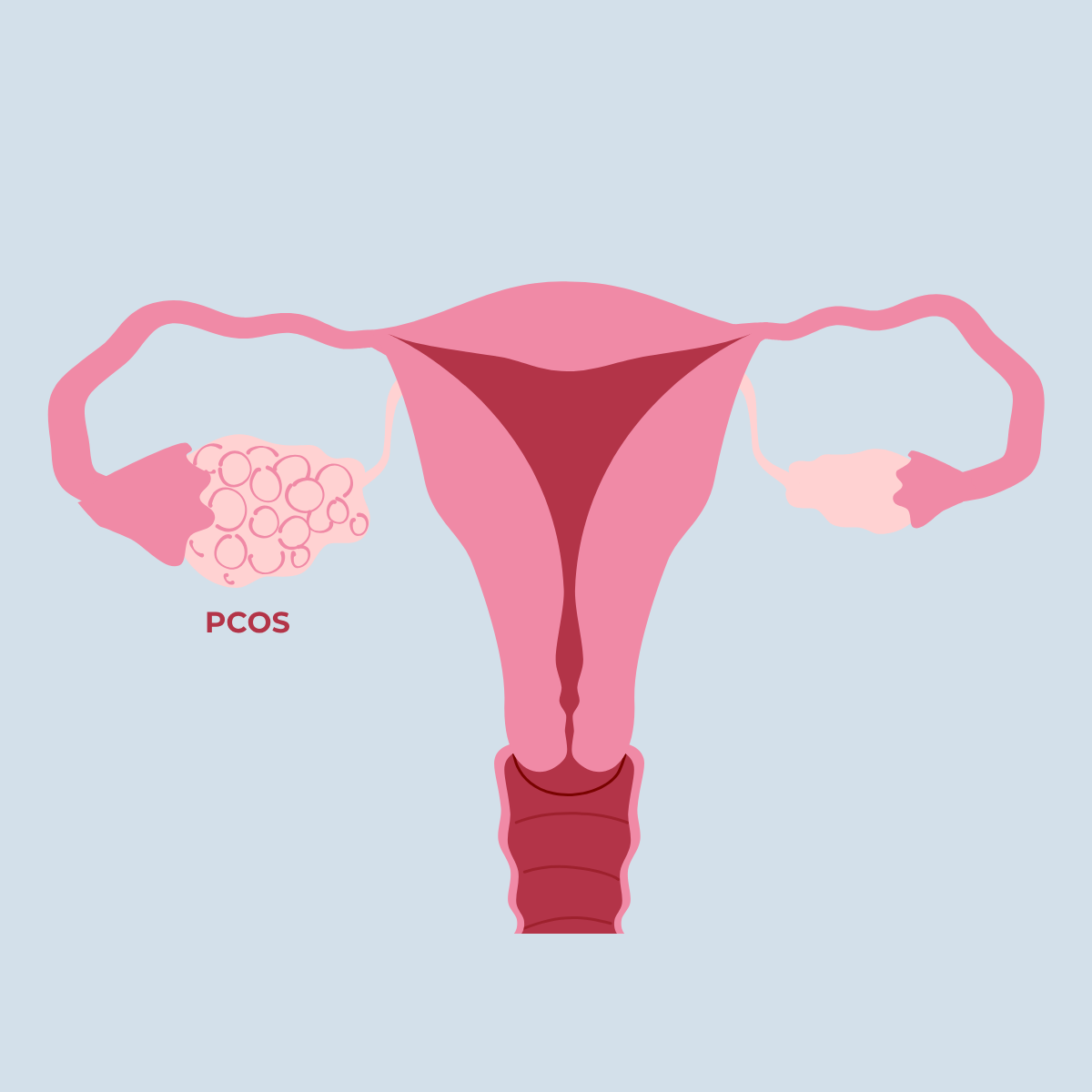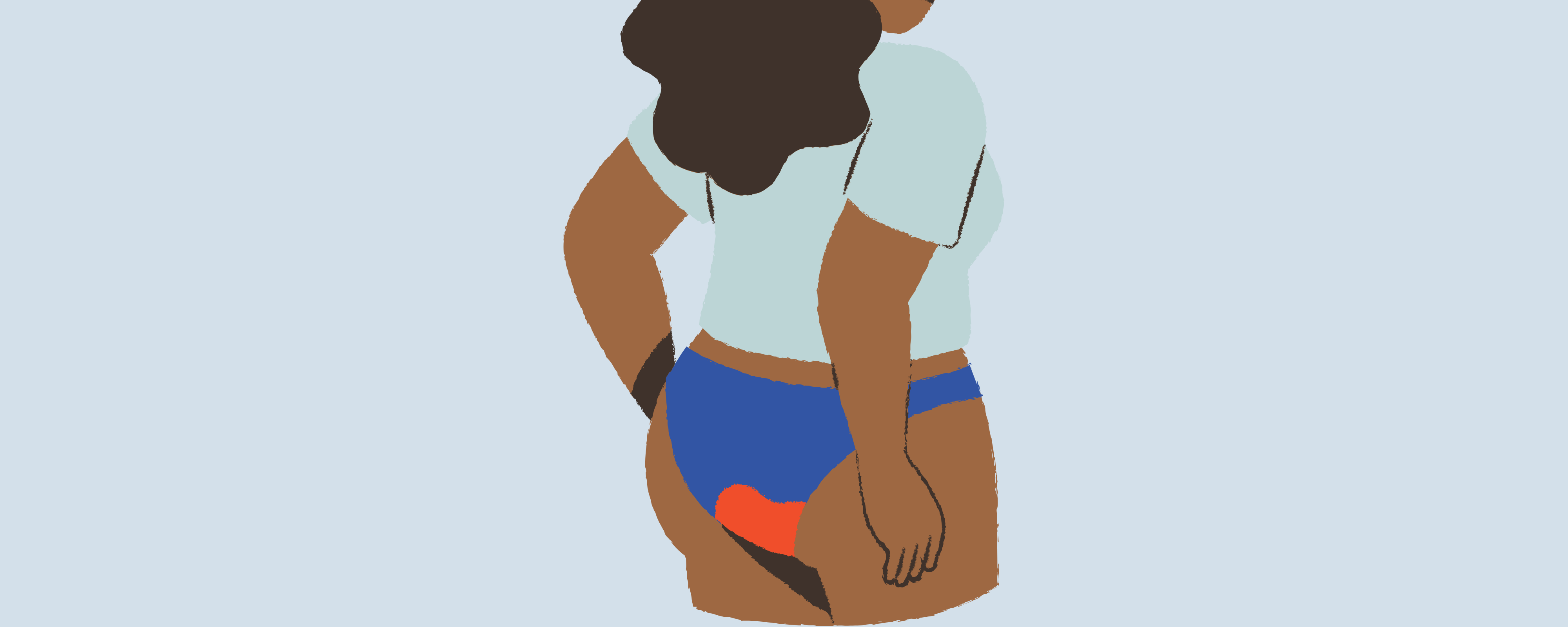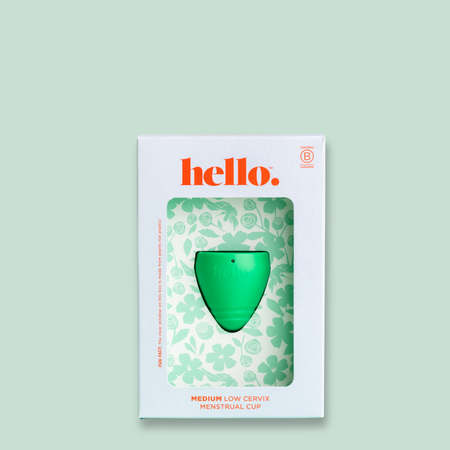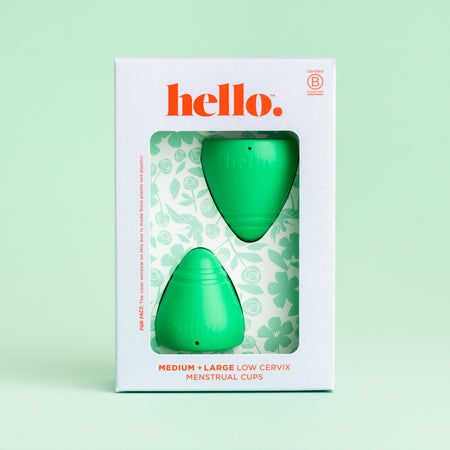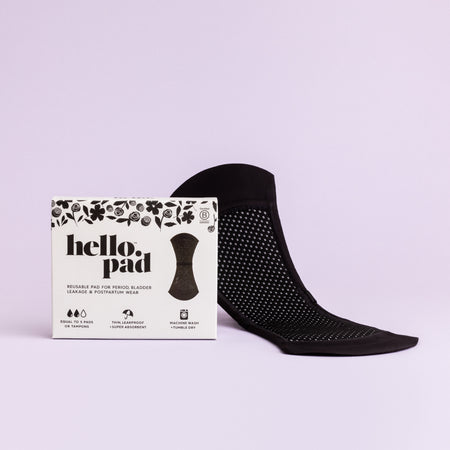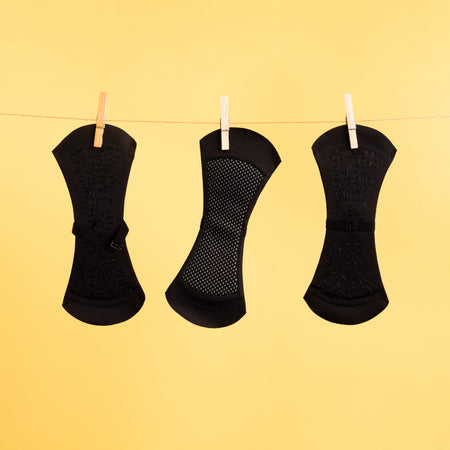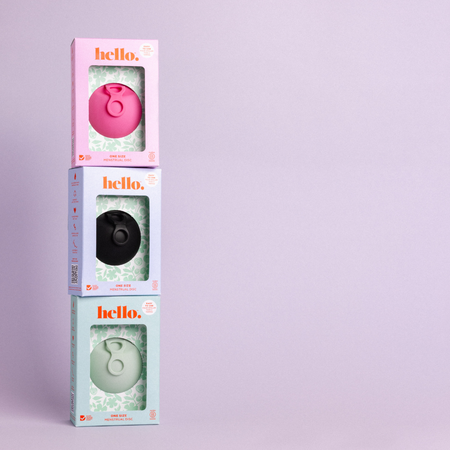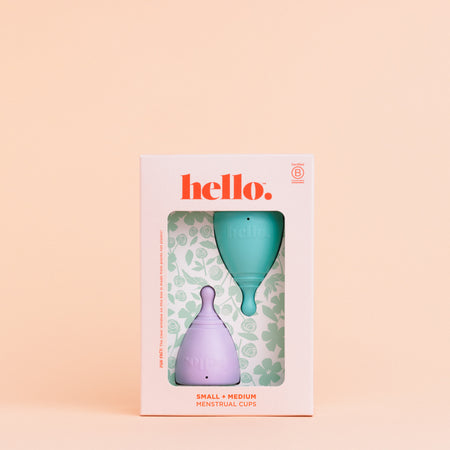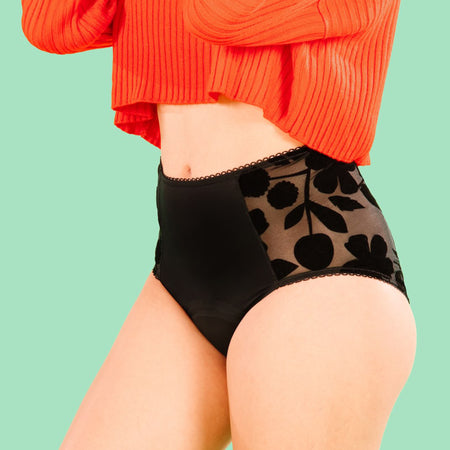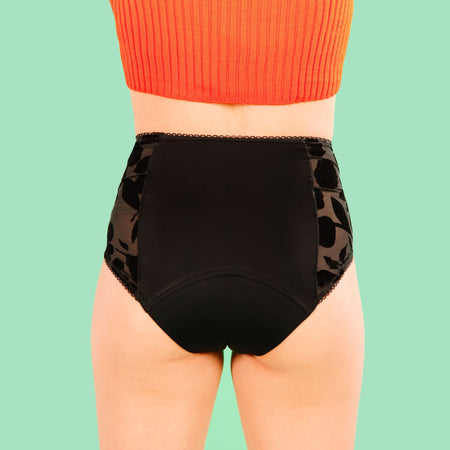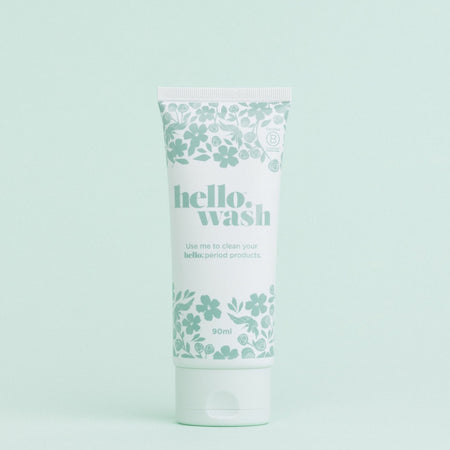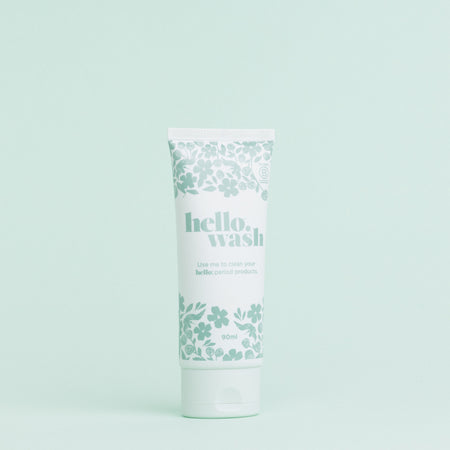We sit down to chat with Pelvic Health Physiotherapist Leanne Wait, a menstrual cup user herself, to ask her some of the most common questions we get about inserting, removing and getting your menstrual cup in the right spot.
How do menstrual cups fit?
The entrance might appear to be small, but the vagina and entrance are actually extremely stretchy because they are designed to allow a baby to pass through so it will definitely be able to stretch to accommodate to the shape of a cup.
How do I know what size to go for?
Sizing charts are a guide only because we are all different shapes and sizes inside and out. The things that can influence our shape on the inside are: whether or not we’ve had children, how strong our pelvic floor muscles are, how active we are; as well as our age and stage in life and factors such as prolapse or constipation. If you have a full bowel and or hard stools (poos) pushing into the vaginal cancel it can alter the shape of your cup.

What is the best way to insert a menstrual cup?
Firstly – before you start, it’s a good idea to have a closer look at your body so you can get a visual idea of how things work. It’s amazing how many women don’t actually know what their vulva looks like. Get a mirror out and have a look. You need to know what it looks like and where the cup will go and get comfortable with your own body. Part the vulva (for those unsure the vulva are the external female genitals) with your fingers and have a good look. For some, it might sound like common knowledge but women there are a lot of people out there that think women only have two holes.
Firstly – before you start, it’s a good idea to have a closer look at your body and specifically your vulva (for those unsure the vulva are the external female genitals). This is to help you get a visual idea of how things work and where a cup goes. It’s amazing how many women don’t actually know what their vulva looks like from underneath so take a mirror out and have a look. You will see the labia which are soft skin folds and vary in shape and size from women to women. Part the labia which will reveal 2 holes in front of the anus where bowel motions come from. So in total, there are 3 holes which may sound like it should be common knowledge but there really are a lot of people out there that think women only have two holes. The opening closest to the clitoris is the urethra where wee comes from and between this and the anus is the entrance to the vagina.
While you are looking in the mirror, contract your pelvic floor muscles. You can do this by squeezing and lifting as if stopping a wee or wind. You should see your vaginal entrance closing off and drawing in. Then relax and release as if you are going to let wind out quietly, not forcing it out like you are farting loudly. You should see your vaginal entrance relax and open again. This is how you want your pelvic floor to be when you insert your cup. If it’s contracted and pulled in tight it will be harder to get your cup in and possibly uncomfortable too. It’s a good idea to practice contracting and relaxing your pelvic floor muscles while looking in your mirror to become familiar with what happens down there when your pelvic floor is activated. When you are nervous about something new the natural response of your pelvic floor muscles is to contract – this is why some people find cups hard initially. It’s not that they won’t go in – it’s more a case of the pelvic floor being contracted and making it difficult.
As you are getting the hang of using a menstrual cup you may like to try running it under warm water to help make it more pliable. Leave the cup wet as this will also help it to slide in.
What direction?
The vaginal canal angles backwards towards your lower back so one of the things I think really helps is once you have folded your menstrual cup into a shallow punch down fold, is to push the spout onto the back wall of the vagina and slide in as far as your fingers will reach and then let go and use the toggle to push it up and in an angled backwards direction toward your lower back. Once it’s in, sometimes it helps to wiggle your pelvis like Elvis and contract your pelvic floor several times (squeezing and lifting like holding wind and wee). Once it’s in the right place you should not feel it. If you can feel it, it’s probably too low so try pushing in a bit further.
Removing is hard – what’s the issue?
Firstly – it’s important to remember that your cup can’t get lost so if you can’t reach it for some reason, don’t panic. Often when it’s hard to get out we haven’t released our pelvic floor muscles. Make sure you have contracted like holding on to wind and wee and then relax and release like letting wind sneak out quietly like you would if you were sitting next to someone on an airplane (not using it out noisily!). A relaxed pelvic floor will make removal a lot easier. If you are new to cup life it’s normal to be nervous and tense while you are mastering it but it’s essential you relax as much as you can during the removable especially if you have a strong pelvic floor.
Also, think about the angle it went in on – it needs to come out the same way. Using the grip rings above the toggle to squeeze the base of the cup and release and suction. Personally I recommend gently twisting the menstrual cup and while you pull it down and one edge should pop out of the vagina. Let the twist go and wait a second then gently wiggle the cup back and forward to remove. If your cup is sitting high and hard to reach, try putting one foot on a stool or the edge of the loo. You can also try leaning right forward to get better access or squat down. If these positions don’t work on their own you could try GENTLY baring down like pushing a fart out to help lower the cup but only do this if you really need to and as gently as possible. If you are still not successful don’t panic – go away and do something else for a while to help you relax and then try again. Another tip is to make sure you have an empty bladder as a full bladder can get in the way sometimes and make removal harder.


